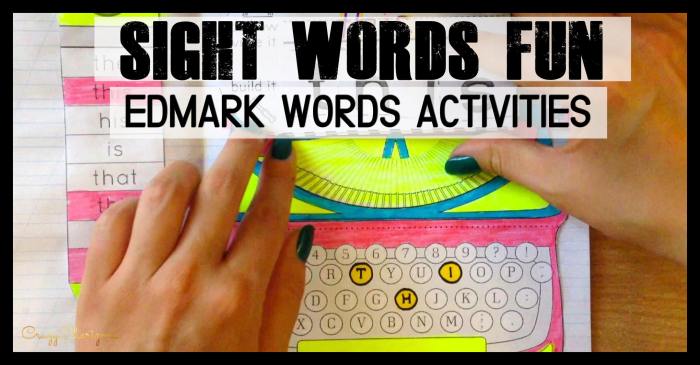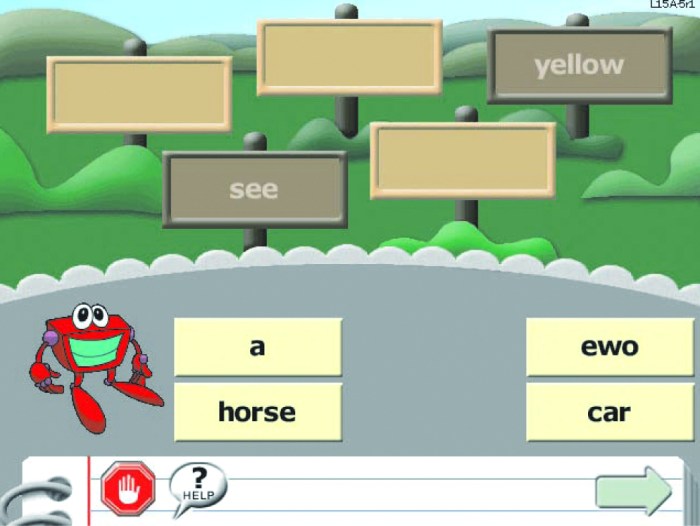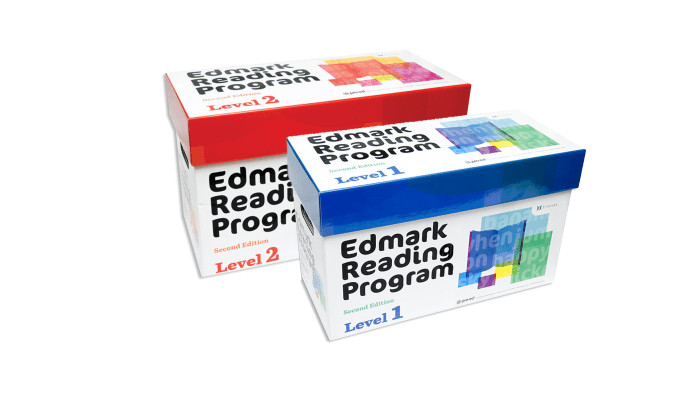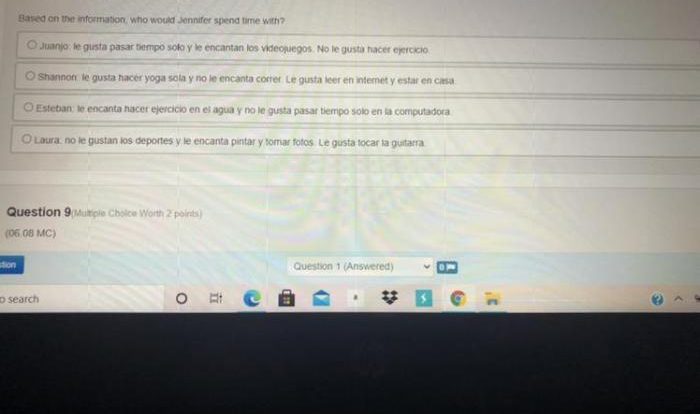The Edmark Word List Level 1 embarks on an enlightening journey into the realm of language acquisition, providing an indispensable foundation for language learners and educators alike. This meticulously curated list, brimming with frequently used words, unlocks the gateway to effective communication and opens doors to a world of linguistic possibilities.
Delving into the intricacies of word categories and organization, we uncover the rationale behind the list’s structure, revealing its profound impact on usability. We delve into the frequency of each word, exploring its significance in language acquisition and providing illuminating examples of its usage in context.
Word List Overview
The Edmark Word List Level 1 is a comprehensive resource designed to provide a strong foundation in English vocabulary for beginners. It includes a carefully curated selection of high-frequency words that are essential for daily communication and academic success.
The word list consists of approximately 500 words, which have been carefully selected based on their frequency of occurrence in everyday speech and written text. These words cover a wide range of topics, including basic nouns, verbs, adjectives, adverbs, and prepositions.
The Edmark Word List Level 1 is a great resource for building your vocabulary. It includes over 1,000 words that are commonly used in English. If you’re looking for a resource to help you improve your reading comprehension, you may also want to check out the crucible act 3 pdf . The Edmark Word List Level 1 can help you expand your vocabulary and improve your English language skills.
Target Audience
The Edmark Word List Level 1 is primarily intended for English language learners who are at the beginning stages of their learning journey. It is also a valuable resource for young learners, native English speakers with limited vocabulary, or individuals who need to refresh their basic vocabulary.
Appropriate Usage Scenarios
The Edmark Word List Level 1 can be utilized in various learning contexts, such as:
- As a reference tool for expanding vocabulary.
- For creating vocabulary-building exercises and games.
- As a supplement to classroom instruction.
- For self-study and independent learning.
Word Categories and Organization

The Edmark Word List Level 1 encompasses a diverse range of word categories, each meticulously organized to enhance usability and learning efficiency.
Words within each category are further grouped into subcategories based on their grammatical function, part of speech, or semantic relationship. This logical organization allows learners to focus on specific areas of vocabulary development and identify patterns within the language.
Nouns
Nouns, representing people, places, things, and concepts, constitute a significant portion of the word list. They are categorized based on their function as common or proper nouns, concrete or abstract nouns, and countable or uncountable nouns.
Verbs, Edmark word list level 1
Verbs, expressing actions, states, or occurrences, are classified according to their tense, aspect, and transitivity. Regular and irregular verbs are also distinguished, aiding in the understanding of verb conjugation and usage.
Adjectives
Adjectives, describing qualities, attributes, or characteristics, are organized based on their function as descriptive or possessive adjectives. Comparative and superlative forms are also included to enhance vocabulary related to comparisons.
Adverbs
Adverbs, modifying verbs, adjectives, or other adverbs, are categorized based on their function, such as manner, place, time, or frequency. This organization aids in understanding how adverbs enhance the meaning and context of sentences.
Other Categories
In addition to the core categories, the word list includes other categories such as pronouns, prepositions, conjunctions, and interjections. These categories play crucial roles in sentence construction and communication, and their inclusion ensures a comprehensive vocabulary foundation.
Word Frequency and Usage
Analyzing the frequency of words in the Edmark Word List Level 1 provides valuable insights into their importance and relevance in the language acquisition process.
The most frequently used words in the list are essential for basic communication and form the foundation of the vocabulary. These words, such as “the,” “is,” “and,” and “of,” appear numerous times throughout the list and serve as grammatical building blocks that connect ideas and express relationships between words.
Word Usage in Context
The frequency of words also influences how they are used in context. High-frequency words are often used in a variety of contexts and serve multiple functions. For instance, the word “the” can be used as a definite article, as in “the book,” or as a demonstrative pronoun, as in “the one over there.”
In contrast, less frequent words may have more specific or technical meanings. For example, the word “ephemeral,” which appears less frequently in the list, refers to something that lasts for a short time.
Implications for Language Acquisition
The frequency of words in the Edmark Word List Level 1 has significant implications for language acquisition. By focusing on the most frequently used words, learners can prioritize their vocabulary development and build a strong foundation for understanding and communication.
Moreover, understanding the different contexts in which words are used helps learners develop their fluency and ability to express themselves effectively in various situations.
Educational Applications: Edmark Word List Level 1

The Edmark Word List Level 1 is a valuable resource for educators, offering a comprehensive collection of high-frequency words for use in educational settings. This list provides a strong foundation for language development and can be effectively utilized in a variety of teaching and learning activities.
In early childhood education, the list can support vocabulary acquisition, reading readiness, and emergent literacy. Educators can incorporate these words into interactive games, songs, and stories to enhance children’s understanding and retention. By exposing young learners to these essential words, educators can foster their language development and prepare them for future reading success.
Integrating the List into Activities
- Sight Word Games:Create engaging games that focus on recognizing and recalling sight words from the list. These games can include flashcards, matching exercises, and interactive board games.
- Word Wall Displays:Display the Edmark Word List Level 1 prominently in the classroom as a visual reference for students. This allows them to easily access and reinforce their knowledge of these high-frequency words throughout the day.
- Interactive Writing Activities:Incorporate the words into writing activities, such as shared writing or guided writing, to provide students with opportunities to practice using them in context.
Benefits and Challenges
Benefits:
- Vocabulary Expansion:The list provides a structured approach to expanding students’ vocabulary, ensuring they have a strong foundation of essential words.
- Reading Comprehension:By recognizing and understanding these high-frequency words, students can more easily comprehend texts and develop their reading fluency.
- Writing Improvement:Incorporating the words into writing activities helps students improve their writing accuracy and fluency.
Challenges:
- Memorization:Learning the words on the list requires memorization, which can be challenging for some students.
- Contextual Understanding:While the list provides high-frequency words, it is important for educators to ensure students understand the meaning and usage of these words in different contexts.
- Individualization:The list is a standardized resource, so educators need to consider individual student needs and adapt activities accordingly.
Comparison with Other Word Lists

The Edmark Word List Level 1 is one of several word lists designed for teaching and assessing vocabulary in English language learners. It shares similarities and differences with other word lists, each with its own strengths and weaknesses.
Dolch Word List
The Dolch Word List is a set of 220 high-frequency words that are considered essential for early reading development. It focuses on common words used in children’s literature and everyday language. Compared to the Edmark Word List Level 1, the Dolch Word List contains a smaller number of words and is more suitable for younger learners or those with limited vocabulary.
Fry Word List
The Fry Word List is a more extensive list with 1000 words divided into 10 levels. It is based on frequency of occurrence in written English and includes a wider range of words, including academic and technical terms. Compared to the Edmark Word List Level 1, the Fry Word List offers a more comprehensive coverage of vocabulary and is better suited for older learners or those with a broader language base.
Oxford Wordlist
The Oxford Wordlist is a family of word lists developed by Oxford University Press. It includes several levels, including the Oxford 3000, which contains 3000 of the most frequent words in English. Compared to the Edmark Word List Level 1, the Oxford Wordlist provides a more systematic and comprehensive approach to vocabulary development, with a focus on academic and formal language.
Strengths and Weaknesses
Each word list has its own strengths and weaknesses depending on the context and purpose of use. The Edmark Word List Level 1 is a balanced list that provides a solid foundation in core vocabulary for early learners. The Dolch Word List is ideal for beginners, while the Fry Word List offers a more extensive range for older learners.
The Oxford Wordlist provides a structured approach for academic vocabulary development.
FAQ Compilation
What is the purpose of the Edmark Word List Level 1?
The Edmark Word List Level 1 provides a foundation of essential vocabulary for language learners, enabling them to build a strong base for effective communication.
How is the list organized?
The list is organized into different categories, such as nouns, verbs, adjectives, and adverbs, with words further grouped within each category based on frequency of use.
How can I use the list in an educational setting?
The list can be incorporated into various educational activities, such as vocabulary exercises, games, and writing prompts, to enhance language learning and retention.
